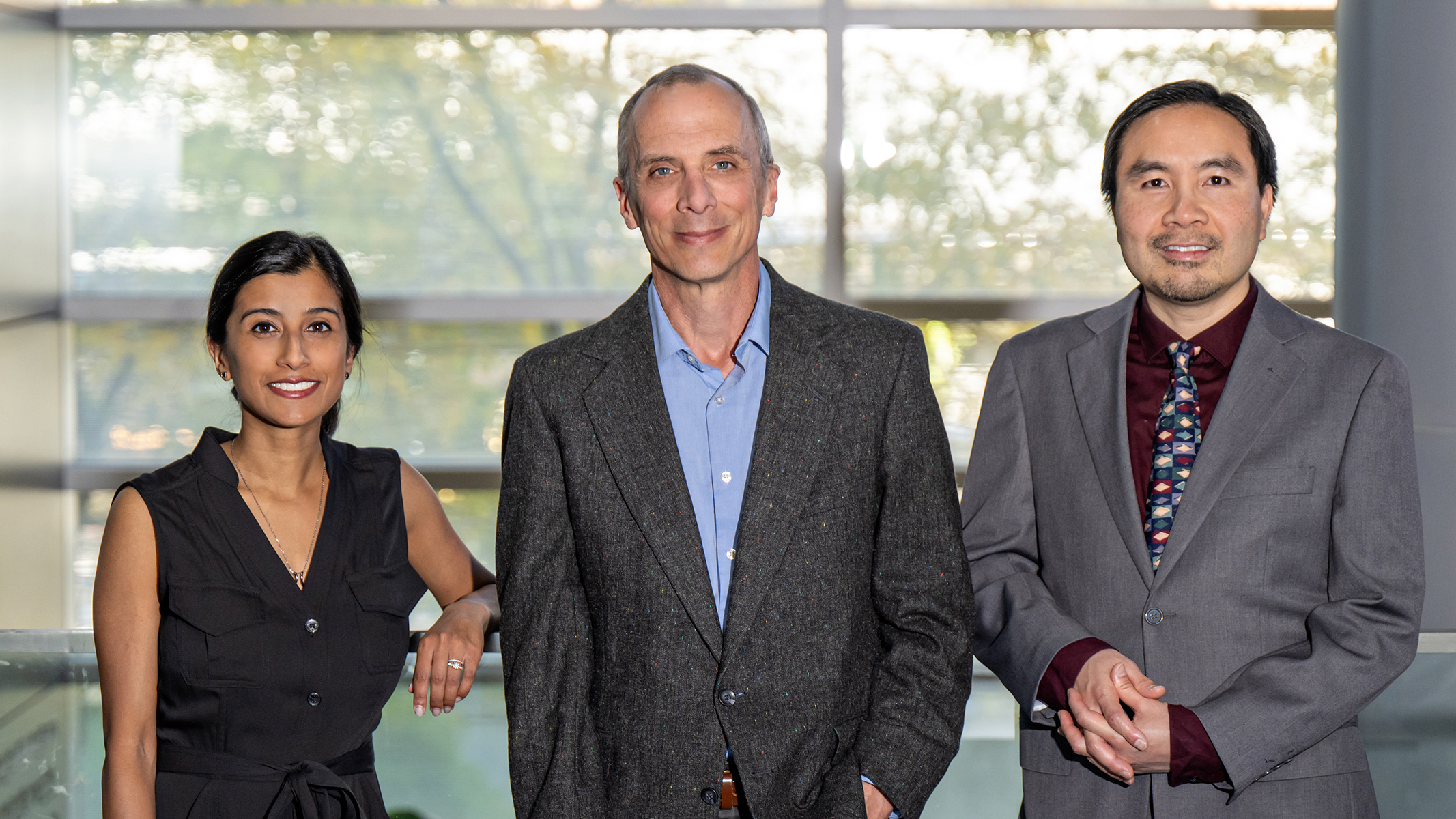
3 minute read
Toward a Next-Generation Retinal Prosthesis
Kellogg researcher James Weiland, Ph.D., is Principal Investigator on a new NIH R01 grant with a very am bitious long-term goal: restoring sight to those left blind by degenerative diseases such as retinitis pigmentosa and age-related macular degeneration.
Dr. Weiland, who holds a dual faculty appointment in the Medical School’s Department of Ophthalmology and Visual Science and the Department of Biomedical Engineering, leads a multidisciplinary U-M team that will design and test a next generation implantable retinal prosthesis.
The idea of an artificial retina is not new. Efforts to develop devices to stimulate retinal activity date back more than 30 years. About 500 people received the first commercially available implants, generating plenty of excitement. But while these early prostheses demonstrated that implantation and electrical stimulation in the retina is safe, the vision provided was limited to detecting large objects and recognizing simple shapes. Letter recognition was possible in some implant patients, but not at the speed of natural reading.

“The first-gen prostheses rested on top of or beneath the retina, too far away from the retinal cells to deliver high precision stimulation,” explains Dr. Weiland. “With advances in biomaterials and brain-machine interfaces, we believe we can develop an implant that overcomes this and other past shortcomings.”
One potential game-changer is the application of carbon fiber microelectrode arrays, a technology advanced by co-investigator Cynthia Chestek, Ph.D. Dr. Chestek is a Professor of Biomedical Engineering and Associate Chair for Research in Biomedical Engineering.
These new cellular-scale carbon fibers—just six microns in diameter—are tipped with platinum-iridium for superior conduction. Arranged in an array like the bristles of a toothbrush, they can be positioned to penetrate the retina. In theory, establishing more intimate contact with retinal bipolar cells will make it possible to deliver more—and more precise—electrical stimulation, while minimizing tissue damage.
Other co-investigators include Kellogg retinal neurobiologist Kwoon Wong, Ph.D., who will measure the response of retinal cells to intraretinal stimulation; Kellogg vitreoretinal surgeons and researchers Nita Valikodath, M.D., M.S., and David Zacks, M.D., Ph.D., who will determine the optimal strategy for implanting the device; and Parag Patil, M.D., Ph.D., an expert in restorative neuro-engineering in the U-M Department of Neurosurgery, who will implant brain electrodes in animal models to record responses elicited by retinal stimulation.
The objective of this initial research is to establish the feasibility of the team’s intraretinal array. Established animal models of photoreceptor degeneration will be used to evaluate parameters for effective stimulation and safety of long-term implantation.
“In terms of improving vision, we’re setting the bar very high,” says Dr. Weiland. “The best visual acuity reported for any clinical device is 20/438. That’s significantly worse than 20/200, the threshold of legal blindness. Our long term goal is 20/80—truly functional artificial vision achieved through retinal stimulation.”










